The formation of varicose veins is the consequence of a sedentary lifestyle, excessive physical activity, hereditary predisposition and a number of other factors, which makes it possible to appear in people of different ages and does not depend on gender.Ignoring varicose veins with its initial manifestations leads to its more severe forms and complications.
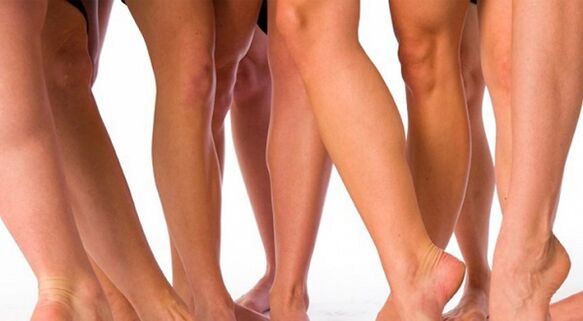
Varicose veins - what kind of disease is this
Pathological changes in the structure of the venous vessels cause a varicose veins, as a result of which their patency, elasticity worsen and the walls of the walls and the formation of specific nodes occurs.
Several types of varicose veins are distinguished:
- lower extremities;
- rectum;
- seed cord;
- small pelvis.
In everyday life, the expression “varicose” was firmly settled, but in official medicine there is no such thing and diagnosis, since we are talking about varicose veins.
Symptoms and signs
The formation of a symptomatic picture of the disease directly depends on its variety.They are united by a causal relationship of education: congenital or acquired insufficiency of semi-moon valves.
The disease spreading to the lower limbs is accompanied by symptoms:
- the formation of varicose veins, which are issued above the surface of the skin, representing nodal seals;
- Swelling in the legs, accompanied by a feeling of severity, which is concentrated in the area of the ankles.Often becomes a consequence of a long load during the day and manifests itself in the evening;
- Periodic pain in the legs appears;
- From time to time, convulsions in the calf muscles and the feeling of running goosebumps are concerned, usually at night;
- The late stage is distinguished by pronounced trophic disorders of the skin of the lower third of the lower leg: pigmentation, seal, dermatitis and as an extreme manifestation - a trophic ulcer.
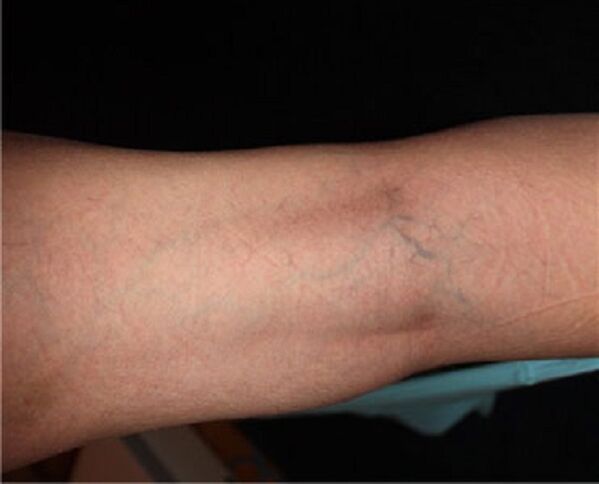
Reasons
The appearance of varicose veins is a consequence of a number of reasons that, in combination or separately, can provoke the development of this disease.
The causes of varicose veins are:
- deficiency of venous valves and connective tissue;
- hereditary predisposition;
- overweight;
- hypodynamia against a background of long -term stay in a monotonous position;
- increased physical activity;
- hormonal disorders in women;
- gestation;
- alcohol abuse;
- smoking.
Complications (consequences) of varicose veins
Varicose disease can lead to serious complications.At the last stage of the development of varicose veins, the extreme thinning of the walls of the vessels is observed, in this regard, the risk of trophic ulcers - open poorly healing wounds on the vessels that occur even with minor trauma.
The result of the rupture of the varicose node is the development of thrombophlebitis.During the appearance, which the formation of thrombosis occurs with inflammation of the vein wall and a blood clot forms, which covers its lumen.
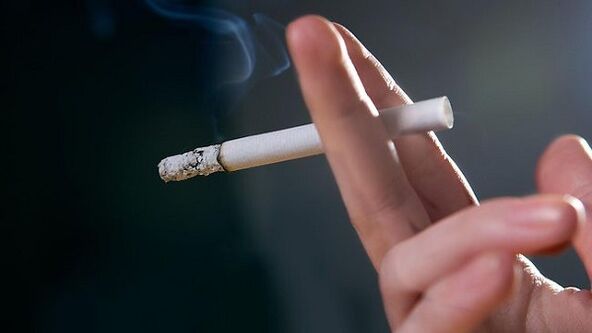
With the development of acute thrombophlebitis, severe pains appear in the area of thrombped veins, and the body temperature, accompanied by chills, rises.With thrombophlebitis of superficial veins, painful seals with redness of the skin along the veins are characteristic.Thrombophlebitis of deep veins is accompanied by edema of the limbs due to a sharp violation of the venous outflow.
Varicose veins in women
Many women face varicose veins.This is due to the predisposition of women to the disease due to the characteristics of the female hormonal system.In addition, pregnancy and childbirth in most cases become the causes of varicose veins, since there is an effect of increased load and increased blood flow to the pelvic organs.
In addition to varicose veins of the lower extremities in women, varicose veins in the perineum, affecting the external genitalia, often develops, which is a consequence of the congenital or acquired weakness of the vascular wall and valve insufficiency.The effect of external (prolonged static stress, significant physical activity) or internal factors (excess body weight, disease of the pelvic organs in a chronic form) leads to the formation of varicose veins.
The development of varicose veins during pregnancy
The bearing of each subsequent pregnancy sharply increases the chances of developing venous insufficiency in women and the formation of varicose veins.This is due to hormonal changes in the body of a woman and a significant increase in the load on the veins.
The main task of a woman during this period is the observance of preventive measures in order to avoid the development of varicose veins.If there is a predisposition and there are signs of the initial development of varicose veins, consultation and observation of a phlebologist is necessary on all pregnancy.Preventive measures should be supplemented by the wearing of compression linen, in some cases it must be dressed for the period of childbirth.For this, special models are available.
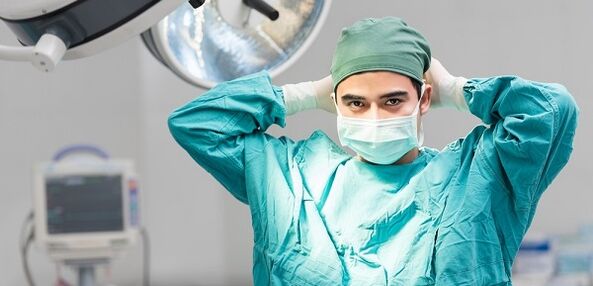
Varicose veins in men
Varicose disease is often found in men in the form of varicocele - varicose veins of the seed cord.Symptoms of the disease:
- soreness in the testicle and a sense of heaviness, a scrotum, along the seed cord, which intensifies with physical exertion and prolonged standing;
- During the palpation of the scrotum, the crowd veins of the seed cord are determined.
The development of varicocele causes male infertility due to circulatory disorders and concomitant pathological changes in the normal operation of the testicles:
- There is an increase in temperature in the testicle to body temperature.High temperature affects spermatogenesis;
- hypoxia (oxygen starvation, ischemia) of the testicle;
- The accumulation of free radicals in the ovice tissues that violate their activity.
Treatment of varicose veins in men consists of a surgical operation in the presence of indications: pain in the testicle, infertility, aesthetic defect in the scrotum, lack of growth of the affected testicle during puberty.However, the disease can occur asymptomatic and not cause significant discomfort to a man.
Varicose veins in children
The appearance of varicose veins of veins is also subject to children.In them, this phenomenon is extremely rare and in most cases is a consequence of congenital pathology - angiodisplasia, anomalies of the peripheral vascular system.The disease affects mainly the lower limbs.As a result, pronounced anatomical functional disorders occur.This leads to irreversible changes and early disability.
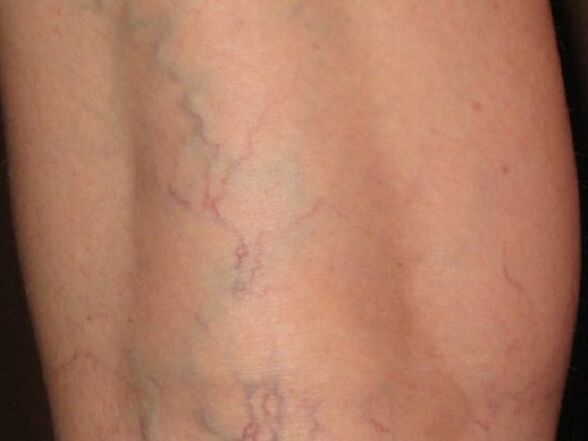
Among the factors affecting the appearance of varicose veins in children, they distinguish:
- strabismus, flat feet, hernias;
- violation of posture;
- incorrectly selected shoes;
- Exceeding the rate of weight.
For preventive purposes, in order to avoid the development of varicose veins, it is necessary to monitor the nutrition of the child.The diet should be balanced, it is useful to include in the food of products rich in routine.It is contained in large quantities in the hazelnut, horse chestnut, as well as berry - rosehip, sea buckthorn, blackcurrant.Decoctions and juices from these berries can have a preventive and general effect for the body.
Varicosis of the pelvis
Varicose veins can occur in the pelvis.In this form, it is found in most cases in women, which is associated with the characteristics of the blood supply to the female body.The expansion of veins causes a sense of pain and severity in the pelvis, which can be caused by a venous stagnation.
The development of varicose veins of the small pelvis occurs for several reasons:
- pregnancy and childbirth;
- change in the shape of the uterus;
- lifting and wearing weights;
- hereditary predisposition;
- lack of physical activity;
- Sedentary work;
- Reception of oral contraceptives.
If there are risk factors and symptoms of the disease, an examination must be undergoing.In the early stages, you can identify varicose veins of the small pelvis with ultrasonic diagnosis.Preliminary diagnosis is also possible for a gynecological examination during the standard procedure.
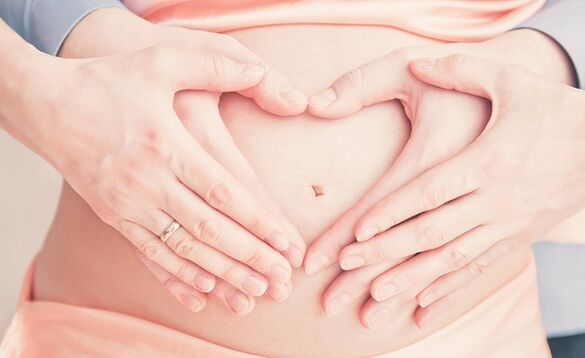
Treatment of the disease includes taking venotonic drugs, wearing special compression linen, and the implementation of medical and preventive gymnastics.It is also necessary to exclude risk factors and is regularly observed in a gynecologist.With the ineffectiveness of conservative methods of treatment, surgical intervention is indicated.
Treatment of varicose veins
Therapeutic measures for varicose veins consist of conservative drug methods of treatment and in the later stages - surgical intervention.
In the early stages and at the first signs of varicose veins, the intake of enotonics is recommended - Detrolex.
In the later stages, taking drugs and ointments from varicose veins is prescribed:
- improving blood microcirculation;
- increasing venous blood circulation;
- contributing to the unloading of central veins.
The later stages show phlebectomy, surgical removal of pathologically altered veins, as well as sclerotherapy - the administration of special drugs that sclerosis damaged veins, thereby preventing their participation in venous outflow.
Home treatment
The treatment of varicose veins at home is not only possible, but also necessary.In the early stages of the development of this disease, therapeutic procedures will help strengthen the walls of blood vessels and help prevent its further development.
For these purposes, a fiber-fiber doctor is prescribed a course intake of tablet means to improve venous blood circulation, increase the elasticity of blood vessels and strengthen their walls, as well as for the obstacle to the development of blood clots and against this background of thrombophlebitis.
Special gels and ointments can relieve pain in the legs caused by varicose veins.They are unlikely to get rid of varicose veins, given the local effect and weak penetration through the skin, but they will relieve the symptoms of the disease, and relieve the condition.Among the means for external use, groups can be distinguished:
- phlebotonics;
- scorching;
- Anti -inflammatory.
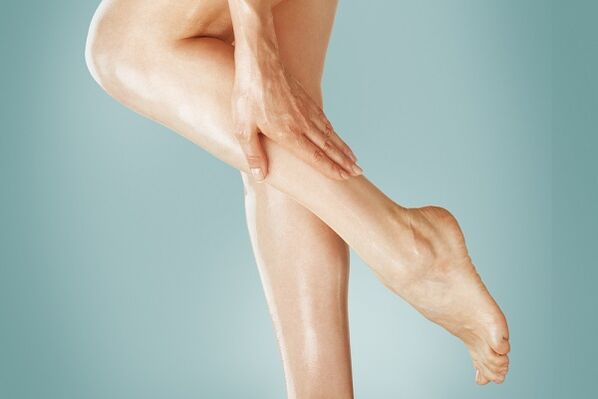
Compression underwear
Also, a mandatory element of the treatment of varicose veins is the wearing of special compression linen.Such linen should be selected individually depending on the degree of varicose veins.A phlebologist based on the diagnosis should recommend the degree of compression when choosing linen.
The degree of compression differs from the stage of the disease and has a different effect.Lighting with a low degree is usually used for a predisposition to varicose veins and for preventive purposes.
A high degree of compression is recommended with severe varicose veins and has therapeutic effect.It is able to remove the load from the affected areas of blood vessels, redistributing pressure and stimulating blood circulation, prevents venous stagnation.
Lingerie must be worn on an ongoing basis, especially with increased physical exertion, long -term spending on the legs or, conversely, with a sedentary lifestyle.It is produced in the form of tights, stockings, golf.The model is selected taking into account the nature of the location of varicose veins.A line for pregnant women as a treatment and preventive agent is separately presented.
Folk remedies
Recipes of traditional medicine from varicose veins are also used to relieve symptoms and as general strengthening.
Green tomatoes
With the appearance of soreness in the vein region, compresses from green tomatoes help well.To do this, it is enough to take the fetus, cut into slices and lay to the damaged area at night, having previously fixed with a bandage.
Green tomatoes contain an antioxidant - lycopine.Due to its effects, not only pain is removed, but also blood circulation improves, and stagnation phenomena are reduced.With regular use, cones formed with varicose veins become less painful and can decrease in volume.
You can use ordinary tomatoes in the form of tomato paste for compresses, since it has the highest concentration of lycopene.

Prevention of the disease
Preventive measures play an important role in the presence of risk factors for the development of varicose veins.Therefore, do not ignore their observance even with already diagnosed varicose veins.This will protect from its further development and the need for surgical intervention.
In order to reduce the risk of varicose veins, it is necessary:
- Moderate physical activity, a visit to the pool is especially useful.Swimming has a massage effect, having a beneficial effect on blood vessels without excess load;
- Strengthening the walls of blood vessels using a contrast shower.Complete hygiene procedures with a contrasting shower for the legs.To do this, water your legs for 10 minutes, alternating cold and thermal water;
- Changing the diet - a decrease in oily food, inclusion in the diet of foods rich in routine;
- wearing compression linen, especially with increased physical exertion on the legs;
- Reception of vitamins-mineral complexes, contributing to increasing immunity, strengthening the walls of the vessel and reducing the risk of thrombosis.
Varicose veins develop for a long time, so when the first signs appear, there is a chance to suspend its course.But the only method, complete disposal of varicose veins, remains surgical removal of veins.

















